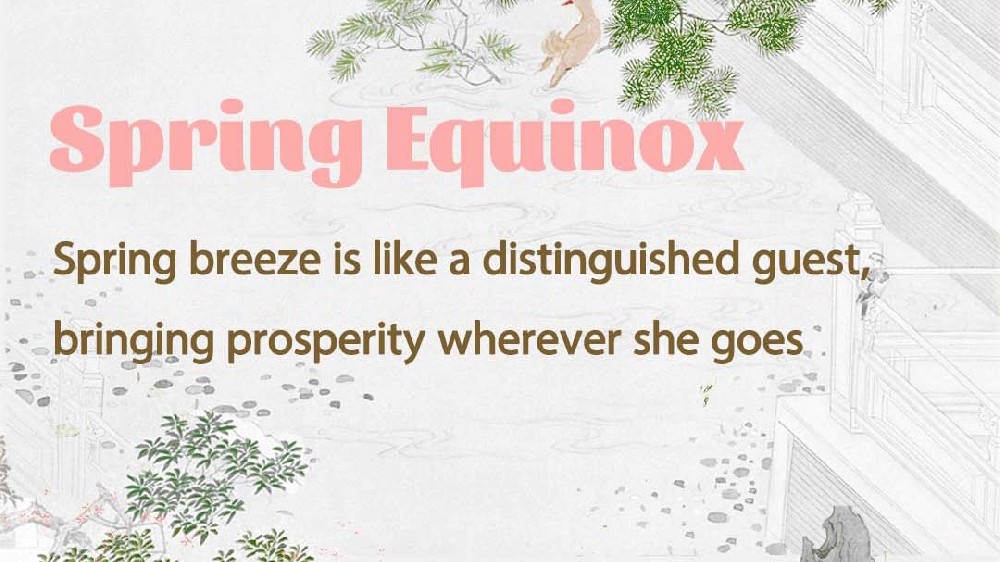Heritage Grid | The Phoenix General’s Sanctuary: Yue Fei’s Tomb and the Eternal Soul of Chinese Patriotism

The Geography of Memory: Where Stone Whispers History
Nestled at the southern foot of Qixia Ridge, where West Lake’s mist-kissed waters mirror Hangzhou’s skyline, Yue Fei’s Tomb (岳王庙, Yuèwáng Miào) emerges as a sanctuary of collective remembrance. Its address—No. 80, Beishan Road—belies the scale of its legacy: a 1.57-hectare complex where martyrs’ shrines, cypress-shaded courtyards, and the general’s resting place converge beneath a plaque inscribed “Xin Zhao Tian Ri” (“Heart Illuminates the Sun and Sky”), a 1979 calligraphic gift from Marshal Ye Jianying.
Yuewang Temple breathes with civic intimacy. Visitors cross a stone archway emblazoned “Bixue Danxin” (“Loyal Blood, Red Heart”)—a 13th-century poetic epitaph that still galvanizes schoolchildren and veterans alike. Why this spot? In 1142, Yue Fei’s corpse was secretly interred here by allies, defying imperial orders. The location, facing Yue Lake, one of West Lake’s five jewels, transformed a covert burial into a public altar.
Who is Yue Fei?
Born in 1103 to farmers in Henan, Yue Fei’s legend began with an omen: a mythical bird alighting on his birth roof, foretelling flight (Fei) beyond earthly confines.
Then, as expected, he became a renowned general of the Southern Song Dynasty who fought against the Jurchen Jin invaders. Driven by his vow to "serve the country with utmost loyalty" (精忠报国, jīng zhōng bào guó), he led his elite Yue's Army northward to repel the enemy. Just as victory seemed certain, Emperor Gaozong and his chancellor Qin Hui, bent on capitulation, issued twelve gold-plated edicts demanding his immediate retreat. Upon returning to the capital, he was falsely accused by his political rivals and executed in 1142.
Only in 1163 was he posthumously pardoned; in 1217, the Southern Song built the first shrine here, etching martyrdom into architecture.
Today, by the shores of West Lake in Hangzhou, stand his tomb and memorial temple (岳王庙, Yuèwáng Miào). Before the tomb kneel four iron statues—Qin Hui, his wife, and two accomplices—eternally condemned as traitors who conspired against the nation's hero. The stone pillars flanking the grave bear a couplet that captures the people's enduring verdict: "Green hills embrace loyal bones; white iron bears traitors' shame." (青山有幸埋忠骨,白铁无辜铸佞臣)
This poetic contrast crystallizes eight centuries of public reverence for Yue Fei and visceral scorn for his betrayer. And his back, tattooed by his mother with “Jing Zhong Bao Guo,” became China’s most iconic flesh-and-blood manifesto.
Why the World Should Remember Yue Fei Now
In an era of fractured loyalties, Yue’s legacy offers a counter-narrative:
Against historical amnesia: His 1979 restoration mirrors China’s reconciliation with its past. For global audiences: His story resonates with themes familiar to Western canon (Joan of Arc’s martyrdom, Washington’s resolve) yet remains uniquely Asian in its Confucian framing.
As sunset gilds Qixia Ridge, shadows lengthen over Yue’s tomb. Visitors touch the steles engraved with his poems—verses composed mid-campaign, blending literary grace with battlefield grit. Here, stone and spirit fuse, proving heritage isn’t preserved in glass cases, but in the living act of remembrance.

